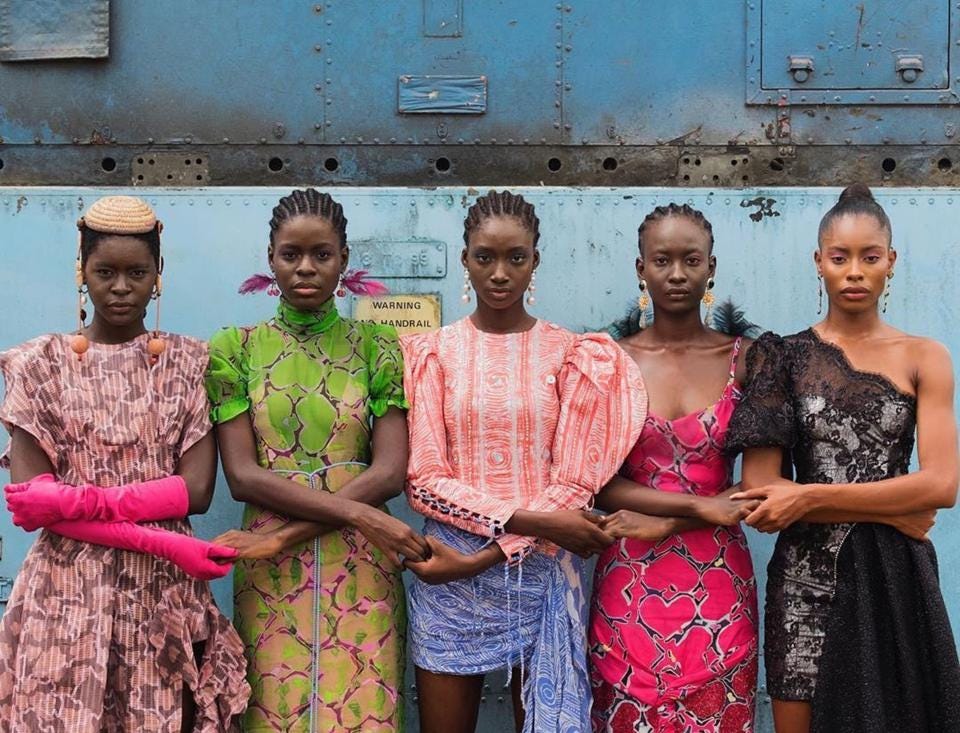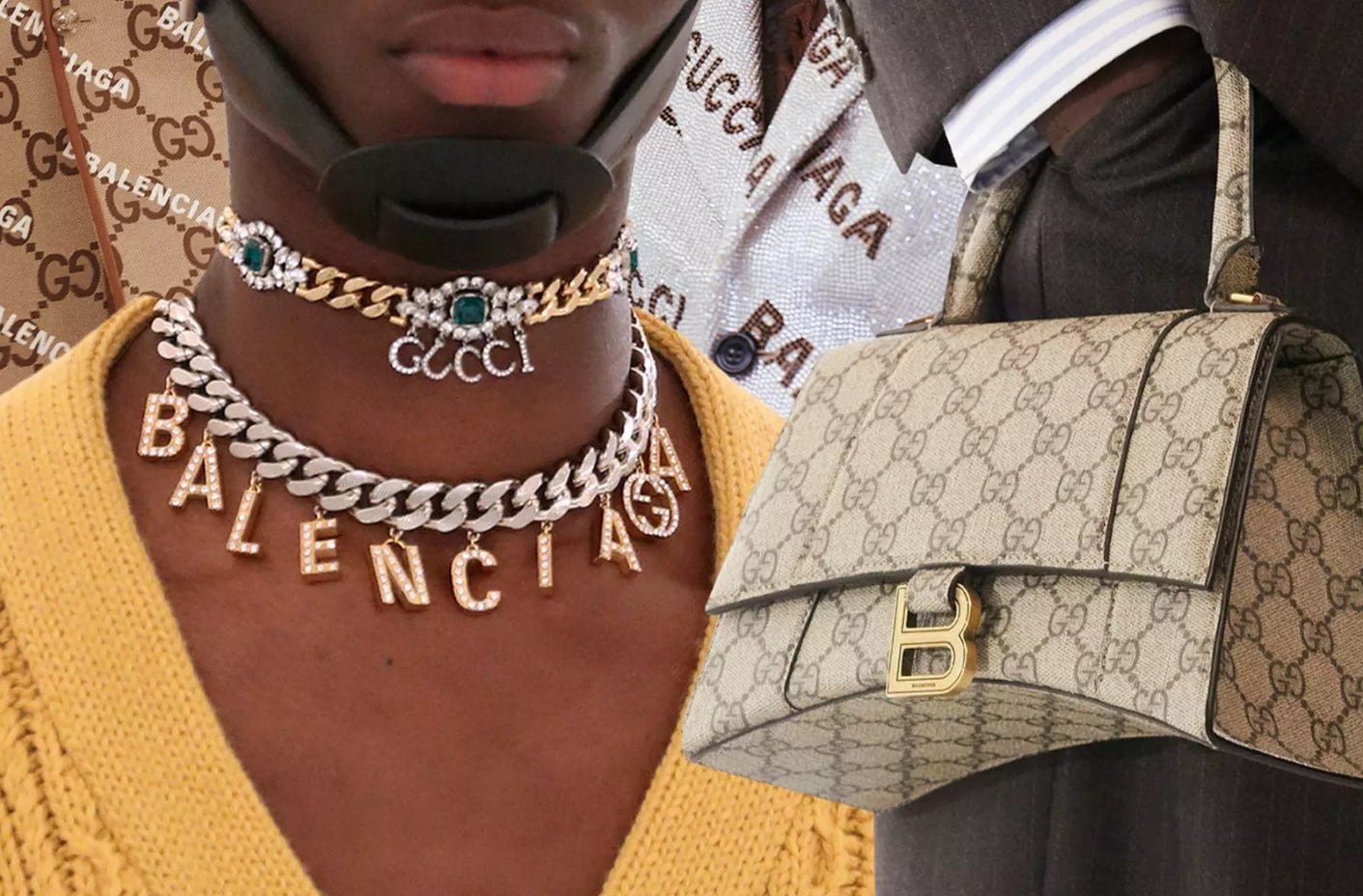Fake Fashion Is Costing South Africa’s Designers More Than Just Money—It’s Undermining Africa’s Creative Economy
Africa’s creative economy is at an inflection point. Across the continent, fashion is more than just a commercial industry; it is an extension of culture, identity, and artistic innovation. South African designers, in particular, have carved out a distinctive space in global fashion, merging heritage with contemporary aesthetics. However, as African designers gain international recognition, counterfeit fashion is quietly eroding the foundations of this success—not just by siphoning revenue, but by destabilizing the broader creative economy.
While counterfeit goods are often discussed in economic terms, their impact extends far beyond financial losses. They distort market dynamics, devalue African intellectual property, weaken brand trust, and diminish the continent’s competitive edge in global creative industries. The fight against counterfeit culture is not just about protecting designers; it is about safeguarding Africa’s creative future.
The Counterfeit Crisis: A Direct Attack on Africa’s Creative Economy
The creative economy is built on originality. It thrives on the ability of designers, musicians, visual artists, filmmakers, and digital creators to innovate, sell their work, and reinvest in their craft. When counterfeiting infiltrates an industry, it disrupts this cycle, replacing creativity with imitation and reducing the incentive for original work.
In the case of South African fashion, counterfeit culture is not just flooding the market with fakes—it is undercutting an entire ecosystem of photographers, stylists, fashion writers, runway producers, and branding professionals who depend on authentic designers to sustain their work. A weak fashion industry weakens the advertising industry, influencer economy, and luxury retail sector, all of which rely on genuine creativity.
For example, when fake MaXhosa Africa designs appear on the streets of Johannesburg or Cape Town, it does not just affect the brand’s revenue. It erodes the storytelling power of African fashion, weakening the intellectual property ecosystem that allows African designers to compete internationally.
The Intellectual Property Crisis: Devaluing African Creativity
One of the greatest casualties of counterfeit fashion is the erosion of intellectual property (IP) protections in Africa. Fashion is an integral part of the continent’s creative economy, and designers invest years in building a unique visual language—only to have it stolen by copycats operating in legal grey areas. This disincentivizes innovation and discourages new talent from entering the industry.
But the problem extends beyond fashion. The rise of counterfeiting reflects a broader issue of how African creativity is undervalued on the global stage. Just as Nollywood faces piracy issues and African musicians battle illegal streaming and bootlegging, counterfeit fashion exposes the vulnerabilities of African intellectual property laws. When African designers see their work replicated without consequences, it reinforces the idea that originality is not protected, stifling creative ambition across industries.
The Luxury Industry Crisis: Eroding Brand Value
Luxury fashion depends on exclusivity, craftsmanship, and cultural storytelling—elements that counterfeit fashion erodes. African designers are working to redefine the global perception of African luxury, proving that the continent’s craftsmanship and design sensibilities are on par with European fashion houses. However, counterfeit culture diminishes this perception, making it harder for African brands to command premium prices and build aspirational value.
Global luxury brands invest billions in anti-counterfeit measures, recognizing that brand dilution is one of the biggest threats to their longevity. African fashion brands, often operating without the same legal and financial resources, are left vulnerable. When consumers cannot distinguish between real and fake African luxury, brands struggle to maintain prestige, and buyers lose confidence in investing in African creativity.
The Digital Age Crisis: Social Media and the Spread of Fakes
The rise of social media has been a double-edged sword for African fashion. On one hand, platforms like Instagram and TikTok have allowed designers to showcase their work to global audiences. On the other, these same platforms have made it easier for counterfeiters to spread knockoffs through unregulated digital marketplaces.
A quick search on Instagram reveals hundreds of accounts selling “designer-inspired” pieces, often replicating African brands with little to no accountability. This unchecked spread of fakes makes it difficult for consumers to differentiate between authentic African designers and counterfeit sellers. The digital age, while promising for Africa’s creative economy, has also created a breeding ground for intellectual property theft.
Beyond Fashion: How Counterfeiting Hurts Africa’s Creative Sectors
The impact of counterfeiting is not limited to fashion—it is a symptom of a larger issue within Africa’s creative industries. The film industry faces rampant piracy, the music industry battles illegal downloads, and the art world contends with unauthorized reproductions. These challenges share a common thread: a lack of robust legal frameworks and enforcement mechanisms to protect African creatives.
If counterfeit culture remains unchecked in fashion, it sets a dangerous precedent for other creative sectors. Why should an African filmmaker trust that their work will be protected if designers are already losing control over their creations? Why should an artist believe in the value of their original work when counterfeits of African brands are sold openly? Addressing the counterfeit crisis in fashion is a step toward strengthening Africa’s broader creative economy.
How Africa Can Fight Back: Protecting the Future of Creativity
Strengthening Intellectual Property Laws
African governments must implement and enforce stricter intellectual property laws to protect designers and creatives. This includes creating specialized courts for creative disputes, increasing penalties for counterfeit operations, and making IP registration more accessible.Leveraging Technology for Authenticity
Blockchain and digital verification systems can help authenticate African designer goods, ensuring consumers can verify the legitimacy of their purchases. This approach is already being used in fine art and luxury goods and can be adapted for fashion.Educating Consumers on the Value of Authenticity
Many consumers buy counterfeit fashion without understanding the broader consequences. Public awareness campaigns should educate buyers on how counterfeiting harms the creative economy and encourage a culture of supporting original African brands.Social Media Crackdowns on Counterfeit Sellers
Platforms like Instagram and TikTok must take a more proactive approach in removing accounts that sell fake African designs. Brand authentication partnerships, similar to those used by global luxury brands, should be extended to African fashion.Encouraging Investment in African Creativity
To compete with counterfeit markets, African designers need access to better funding and distribution channels. Governments and private investors should create grants, incubators, and marketplaces that empower designers to scale their businesses without financial constraints.
Conclusion: The Future of African Creativity Depends on Authenticity
Counterfeit fashion is not just about knockoff clothes—it is about the sustainability of Africa’s creative economy. If Africa is to position itself as a global creative powerhouse, it must address the systemic issues that allow counterfeiting to flourish.
From stronger IP protections to consumer education and technological innovation, Africa has the tools to combat counterfeit culture. The question is whether policymakers, industry leaders, and consumers will rally behind the creatives who are shaping the continent’s future. Because in the battle between authenticity and imitation, Africa’s creative legacy is at stake.
A guest post by
A curious mind exploring the crossroads of creativity and insight.





